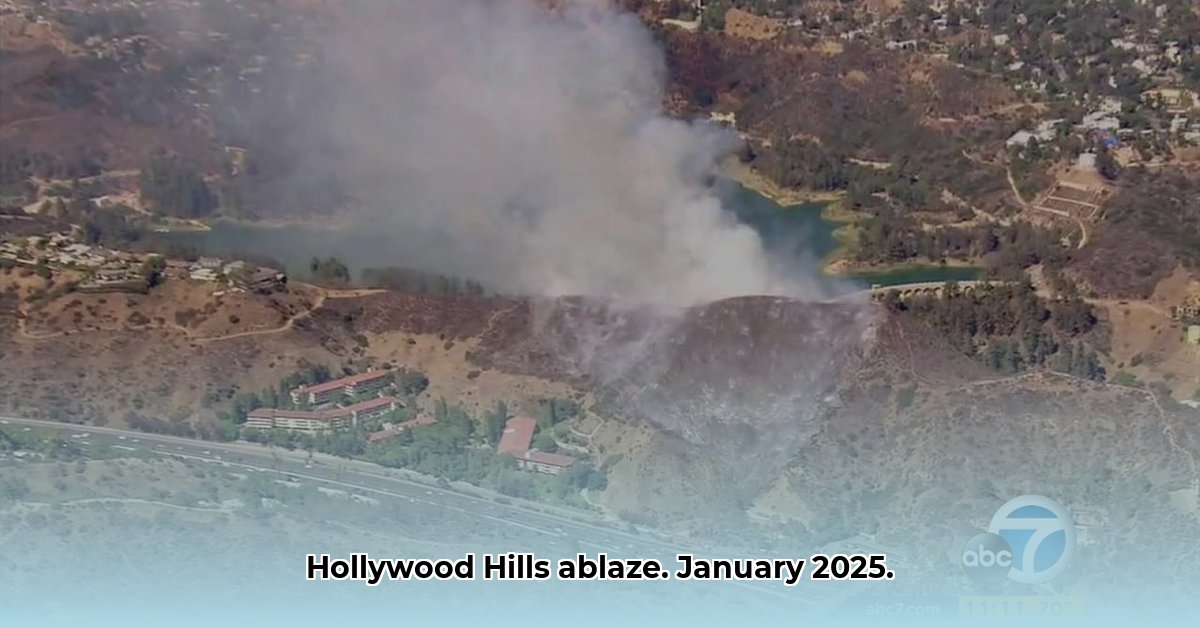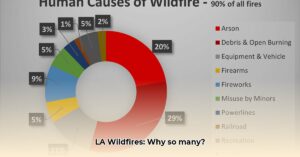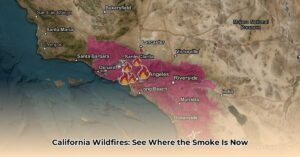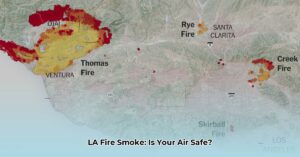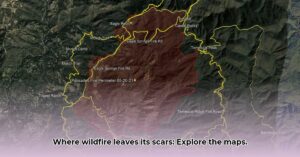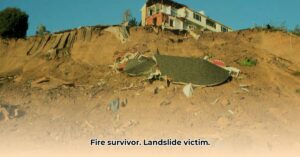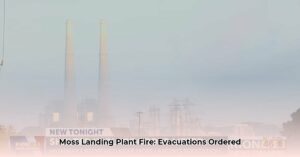Hollywood Hills Sunset Fire: Location, Evacuations, and Latest Updates
The Sunset Fire ignited near Runyon Canyon in the Hollywood Hills on January 7, 2025, shortly after 5:39 p.m. PST, sending plumes of smoke into the twilight sky. Within approximately 2.5 hours, the rapidly spreading blaze had consumed an estimated 50 acres, fueled by dry brush and propelled by strong Santa Ana winds. Its central location near the 2300 block of Solar Dr., between Runyon Canyon and Wattles Garden Park (34.1105,-118.3536), placed it precariously close to homes, businesses, and popular hiking trails.
Evacuations and Community Impact
As the fire intensified, authorities issued mandatory evacuation orders for an extensive area, impacting an estimated 155,000 residents. The evacuation zone stretched from Laurel Canyon Blvd. on the west to the 405 Freeway on the east, and from Sunset Blvd. in the south to Mulholland Dr. in the north. Traffic snarled as residents fled, seeking refuge with friends, relatives, or in emergency shelters.
The fire’s impact rippled through the community. Beyond the immediate danger to homes and property, the evacuations caused significant disruption and anxiety. Businesses were forced to close, and the smoke-filled air affected even those outside the mandatory evacuation zones.
The rapid response of firefighters, however, prevented widespread devastation. Utilizing helicopters drawing water from the Hollywood Reservoir, they launched an aggressive aerial attack on the flames. Ground crews worked tirelessly to establish containment lines, battling intense heat and smoke. Their heroic efforts contained the blaze, and most evacuation orders were lifted by January 9, 2025.
Investigating the Cause
While the immediate crisis has subsided, the search for the fire’s cause continues. Investigators are meticulously combing through the charred landscape, seeking clues amid the devastation. The dry conditions and strong winds undoubtedly contributed to the fire’s rapid spread, but the exact ignition source remains unknown. Experts suggest several possibilities, including downed power lines or human activity, whether accidental or intentional. Natural causes, like a lightning strike, are considered less likely given the weather conditions at the time. The presence of other fires burning in the region simultaneously may also complicate the investigation and stretch resources.
The Sunset Fire serves as a stark reminder of the vulnerability of communities in fire-prone areas. While the full extent of the damage, both ecological and economic, is still being assessed, it underscores the critical need for continued research into fire prevention strategies, improved community preparedness, and rapid response protocols. The investigation into the fire’s origin is crucial, not only to provide closure to those affected, but also to help mitigate the risk of future tragedies.
Ongoing Recovery and Future Prevention
The Sunset Fire, while largely contained, leaves behind a scarred landscape and a community grappling with its aftermath. Beyond the immediate physical damage—an estimated 60 acres burned—the fire’s impact extends far deeper. Residents face the stress of returning to damaged or destroyed homes, businesses struggle to recover lost revenue, and the long-term effects on the local ecosystem remain unknown. Researchers continue to study the long-term impact of such fires, including the possibility of increased susceptibility to future blazes.
While authorities work diligently to uncover the cause, the fire serves as a stark reminder of Southern California’s inherent vulnerability to wildfires. The combination of dry vegetation, strong Santa Ana winds, and expanding urban development creates a tinderbox environment. This incident prompts crucial questions about how we can build more resilient communities:
-
Improved Fire Prevention Strategies: Are current preventative measures, such as brush clearance and fire breaks, sufficient? What new technologies or strategies could enhance early detection and rapid response?
-
Community Preparedness: How effective were evacuation procedures? What lessons can be learned to improve communication and support for displaced residents during future emergencies?
-
Building Codes and Land Management: Should building codes be revised to incorporate more fire-resistant materials? How can we better manage the wildland-urban interface to reduce risk?
The Sunset Fire is not just a local event; it’s a microcosm of a larger challenge facing many communities worldwide as climate change exacerbates fire risk. By studying this incident, and by engaging in open discussions about preparedness and prevention, we can hopefully mitigate the impact of future wildfires and create safer, more resilient communities.

